Why is it worth growing "Little Red Riding Hood" beans on your site - description of the variety and its advantages
Beans occupy a central place in the diet of many peoples of the world. It is used in cooking and is willingly preserved, as it retains 70% of vitamins and 80% of minerals in comparison with fresh fruits. It is not difficult to cultivate it, and the number of varieties pleases with its diversity.
The appearance of the Red Riding Hood variety attracts with its cheerful color: as if they took a red Kidney and dipped it in white chocolate. Let's figure out what else this variety is attractive for and how it needs to be grown.
The content of the article
Description of the variety
Variety Little Red Riding Hood - an annual plant of the species Phaséolus vulgáris from the numerous legume family, belongs to bush varieties.
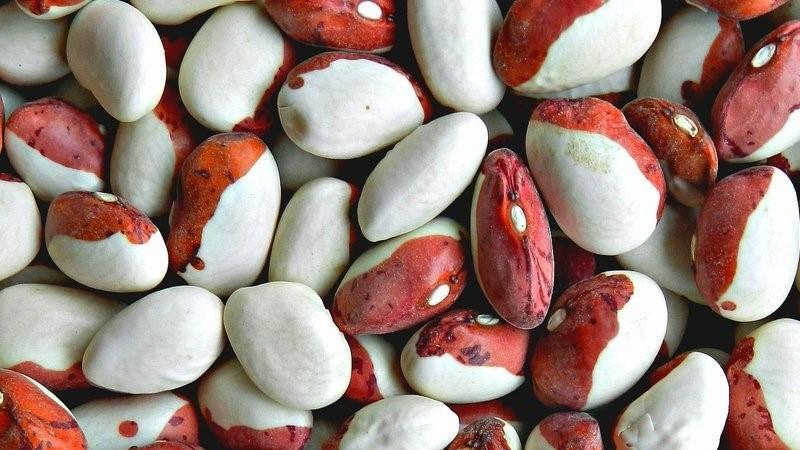
The plant is spreading, medium branched. Compact bush - height from 24 to 48 cm, diameter 35-40 cm... The leaves are feathery, triple, yellow-green. White flowers, brush inflorescences.
Grain variety, medium ripening, consistently productive.
Pod length - 10-12 cm, 8-12 grains per pod... Grains are medium-sized - 9-11 mm, flat-cylindrical, slightly curved, white with a red spot located in the area of the eye.
Distinctive features
Beans "Little Red Riding Hood" got its name from the original color of the beans... The variety is resistant to lodging (stem tilt) and anthracnose (fungus) and bacteriosis.
Shelling beans, with a weak parchment layer on the valves, which allows you to collect the shoulder blades and use it as an asparagus.
Characteristics of the variety
Reliable productive variety with good grain flavorresistant to disease.
Fruits reach technical maturity in 55-65 days. after germination, and fully mature in 100 days.
The yield of the variety is high, it can reach 3 tons per hectare, the fruits ripen together.
It will be interesting:
How to grow delicious green beans in the country
How to grow beans
Beans can be grown outdoors and indoors, providing her with a comfortable temperature of 23-25 degrees and at least 6 hours of intense sunlight. Grows in full sun and partial shade. It is planted under the crown of tall trees and between bushes.

Also it can be grown on a balcony, loggia and windowsill.
Seed preparation
Before planting, the seed must be sorted out... All low-quality grains are easily identified by eye and rejected according to the following signs: flabbiness, the presence of dark spots and other visible damage.
The seeds intended for planting are pre-soaked in water for 6-10 hours.
In case of doubt about the quality of the material, pre-sowing treatment is carried out... Instead of water, a warm solution of potassium permanganate or boric acid is used for soaking, then the rest of the solution is poured into the ground. In extreme cases, they are treated with a solution of fungicides and insecticides.
Capacity and soil
Fertile, well-drained soil is chosen for planting beans. with neutral acidity. Loam is best for beans.
For growing in a box, bush asparagus varieties are recommended., since it is not always possible to obtain grain at home. Red Riding Hood is a good choice also because the fruits of this shelling variety are eaten already in the form of green pods.
As the length of the roots of bush varieties develops to a depth of 25 to 60 cm, plant seeds in a common box or individual pots with a depth of 20 cm with drainage holes. The bottom is covered with expanded clay, with a layer of 2-3 cm.
Enough 3-5 liters of soil per plant... The soil is bought in the store; it is suitable for universal seedlings of vegetable crops. If desired, make up their own mixture: 1 part of sod land, 1 part of humus, a glass of wood ash in a bucket of mixture.
Sowing
Beans are thermophilic and do not tolerate frost... The plant is planted in open ground in May, when the air temperature stays above 16 degrees for several weeks, and the soil warms up to 12 degrees.
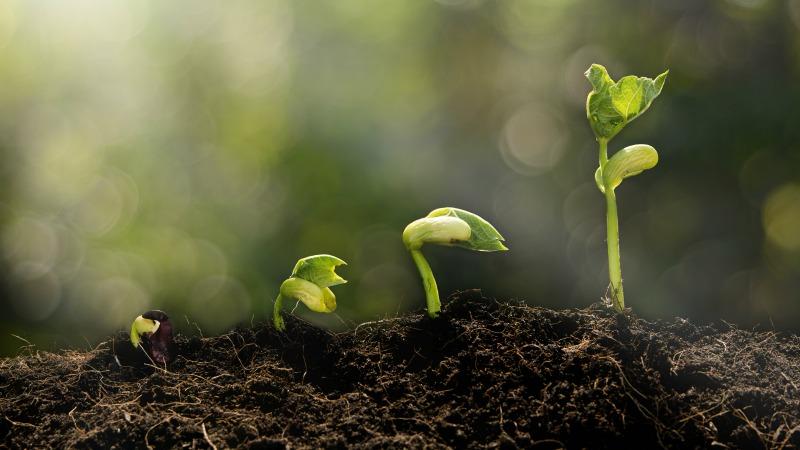
Planted in sun-warmed, wind-protected beds... In warm climates, a sign of a good time to plant beans outdoors is when chestnuts begin to bloom.
Bean roots produce nitrogen on their own, but in the initial period of growth there are few of them, therefore, before planting, a small amount of nitrogen-containing fertilizers is applied, often using land from a site where beans have already grown.
Sown in moist soil, after sowing, watered abundantly with water that has settled in the sun... They are planted in prepared holes or grooves with a depth of 3-5 cm, the distance between the grains should be at least 10 cm. The rows are placed at a distance of 30 cm from each other.
On the garden bed, you can plant in an ordinary, nesting method or staggered... The first provides more convenient harvesting. During prolonged rains, plants dry out faster, which prevents the development of rot.
It will be interesting:
Care
Little Red Riding Hood beans are cared for like other shelling varieties..
For irrigation, use settled water... After planting, watered every 7-10 days. The amount of water is easy to determine: the soil should be moderately moist, but not soggy. When the plants reach 15 cm in height, they are spud.
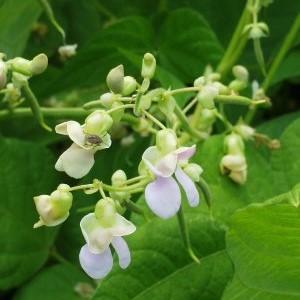 When the fifth leaf appears, watering is stopped... With the onset of flowering, watered, as after planting, gradually increasing the amount of liquid and reducing the intervals between waterings.
When the fifth leaf appears, watering is stopped... With the onset of flowering, watered, as after planting, gradually increasing the amount of liquid and reducing the intervals between waterings.
By the time the pods form, the moisture should be doubled and more often... A few weeks before harvesting a fully ripe crop, watering is stopped again.
The hardened surface of the earth is smashed between waterings... Loosening is done with a small blade and shallow, so as not to harm the roots.
The first feeding is carried out in the phase of the first leaf. - during this period, the plant needs fertilizers with a high phosphorus content.
When buds begin to appear, watered with a solution of potassium salt, and during the formation of the beans, sprinkle with ashes under the bushes.
Attention! All nutrients are absorbed by the plant in dissolved form. After each top dressing, the bed is watered.
Features of cultivation and possible difficulties
With early plantings and in the case of return frosts bean sprouts are covered with a film or other non-woven material.
In cold areas, it is recommended to plant beans with seedlings... You can plant this variety in a greenhouse, but keep in mind that a lot of space is required for bush beans.
Beans Little red riding hood does not require tying.
Diseases and pests
Diseases can occur due to improper care, soil or planting material contamination... To avoid infection, it is not recommended to plant the same crops in the same area more often than once every 3-4 years.
One of the possible diseases is a viral mosaic: when infected, dead areas appear on the leaves. Pre-sowing treatment helps to avoid this disease.
The main pests:
- spider mite - affects plants in the greenhouse, while the leaves become lighter, then turn yellow and dry. To combat this pest, an insecticide is used;
- bean weevil - this pest is inside the grain. Before planting, you should carefully check the beans for damage.
Harvesting and application of the crop
Within 15 days after flowering, young fruits can be harvested... It is best to cut the pods with scissors in the morning. At this time, they gain the maximum amount of moisture and become juicy.
The ripe crop is harvested when the pods are dry... Cut off the stems and hang from the bottom in a dry ventilated area. When the pods begin to open easily, and the grains are easily separated from the cuttings, the beans are husked (peeled).
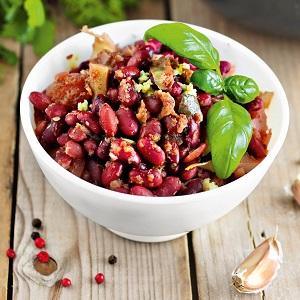 Hulled grains are dried in the sun or in the oven, after which it is stored in tightly closed containers or linen bags.
Hulled grains are dried in the sun or in the oven, after which it is stored in tightly closed containers or linen bags.
Beans Red Riding Hood low-calorie - 102 kcal per 100 g... It does not boil during heat treatment, the texture remains dense. The creamy nutty flavor of beans is paired with tomatoes, cucumbers and bell peppers. Suitable for salads, soups and side dishes.
Due to its nutritional qualities and high yields widely used in the canning industry.
Advantages and disadvantages of the variety
Disease resistance and high yields make the Red Riding Hood variety a good choice for planting in open ground.
Of the cons - In a cool climate, incomplete ripening of the grains is likely.
However the ability to eat the green pods of this variety makes it interesting for similar regions.
Farmers reviews
Before planting a particular crop, be sure to check out the opinions of other summer residents and gardeners... They will not only provide valuable growing advice, but also characterize the variety as a whole. We have compiled some reviews for you from online gardening forums.
Evelina: “A very interesting variety. We plant 1-2 beans every 10-15 cm in a row, leave 20-25 cm between the rows. Before planting, the grains can be held in water, so they will germinate faster. Beans are afraid of frost, so we plant them in the second half of May.
After the first leaves of the plant appear, we thin out, leaving one at a time. Little Red Riding Hood is very beautiful, one half of the bean is white and the other is red, we cook first and second courses with it. We remove after full ripening and yellowing of the pod. "
Elena: “At our grandmothers' market these beans are often found - 10 rubles per glass. I can assure you that it is very tasty and cooks quickly. We love her with the whole family. "
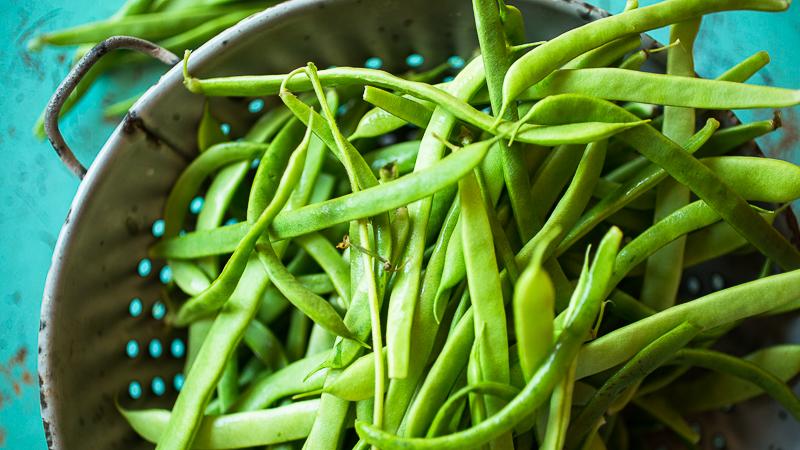
Conclusion
The Red Riding Hood variety arouses the interest of many summer residents and gardeners, primarily for its unusual color. Its flavoring qualities are not inferior to the external ones, and therefore this type of beans is so popular among gardeners.
Uncomplicated cultivation techniques, no need for expensive fertilizers, disease resistance and high yields make Little Red Riding Hood one of the favorites among novice summer residents. The main thing is to properly care for it, and then a rich and tasty harvest will not keep you waiting long!